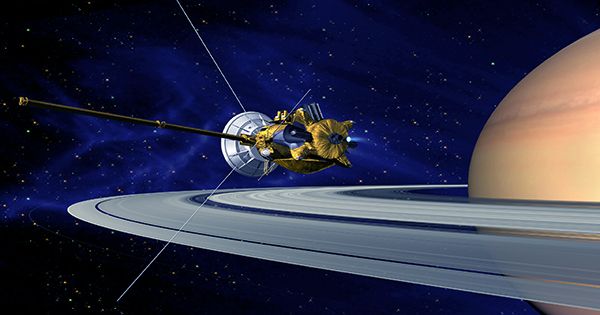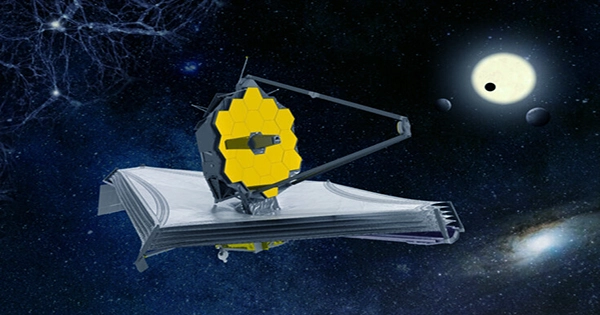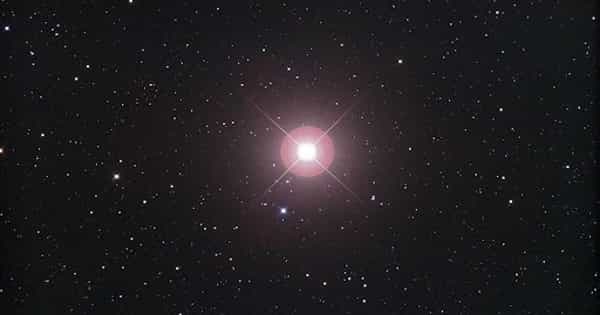Much of the globe exhaled a sigh of relief after the JWST’s successful launch on Christmas Day. However, there is still a long way to go for the team in charge of deploying the world’s largest and most costly space observatory, and several obstacles that might hinder mission success.
Each potential obstacle overcome is a win. The JWST is currently halfway through the deployment of its sunshields, which is a time-consuming and critical procedure that will take at least five days. The JWST’s mirror is seven times the size of the Hubble’s, which is part of what makes it so powerful, but that is not the only reason it has been such a difficult project to build and deploy.
The JWST will observe nearly entirely in the infrared section of the spectrum, bridging a gap in our understanding of the cosmos that has arisen as a result of research focusing on light visible to our eyes. However, seeing into the infrared needs shielding from the sun’s heat, which necessitates the use of massive, difficult-to-deploy sunshields.

NASA announced the lowering of the Forward Sunshield on Tuesday, followed by the aft structure the next day. Five membranes are included in the shields, as well as wires to support them and release mechanisms. There is minimal tolerance for mistakes since the JWST’s orbit — around the Sun, nearly 1.5 million kilometers (1 million miles) from Earth — ban humans from yanking on blocked wires or striking items that do not operate correctly. It took four hours to deploy forward. The mission may have been ruined if the operation had failed, so relief is palpable.
The procedure does not finish with the sunshields lowered. Deployable Tower Assembly was the next phase, which was now done. This separates the telescope from the rest of the spaceship, allowing it to retain its operating temperature of 40 K (-233oC or -388oF). The sunshield cover release, mid-boom extension, and setting the proper tension in the sunshield layers are still to come.
Because there are so many procedures involved, each stage takes hours, according to NASA. The overall process took several hours for each because of the dozens of additional steps required, according to the agency’s Webb blog. “The actual motion to lower the forward pallet from its stowed to its deployed position took only 20 minutes, and the lowering of the aft pallet took only 18 minutes,” the agency’s Webb blog explains.
“These include closely monitoring structural temperatures, adjusting the observatory’s orientation to the Sun to achieve appropriate temperatures, turning on heaters to warm crucial components, triggering release mechanisms, setting electronics and software, and finally latching the pallets into position.”
The deployment of the sunshield is the most difficult, but not the last, step before operations may begin. The mirrors must deploy once the sunshields have created a safe cool environment, commencing with the secondary and then the primary’s component wings.
Once the telescope is fully unfolded, a fuel burn is required to propel it to L2, the Lagrange Point, which is the opposite of the Sun from Earth. Between these stages, NASA got some good news of its own: if the deployment goes well, the JWST will be able to function for longer than expected.
Because the launch and first course adjustments went so successfully, less propellant was utilized than expected. This frees up more space for the orbital corrections and orientation modifications that must make throughout the telescope’s lifetime of operation. There is enough propellant for more than ten years, rather than the baseline five years deemed the least to justify the trip. To put it another way, it is double the science.
















